Wondering how much a cruise really costs? Want to know exact figures so you know if you can afford it? This article will explain everything you need to know about the cost of a cruise vacation, including some “hidden” items.
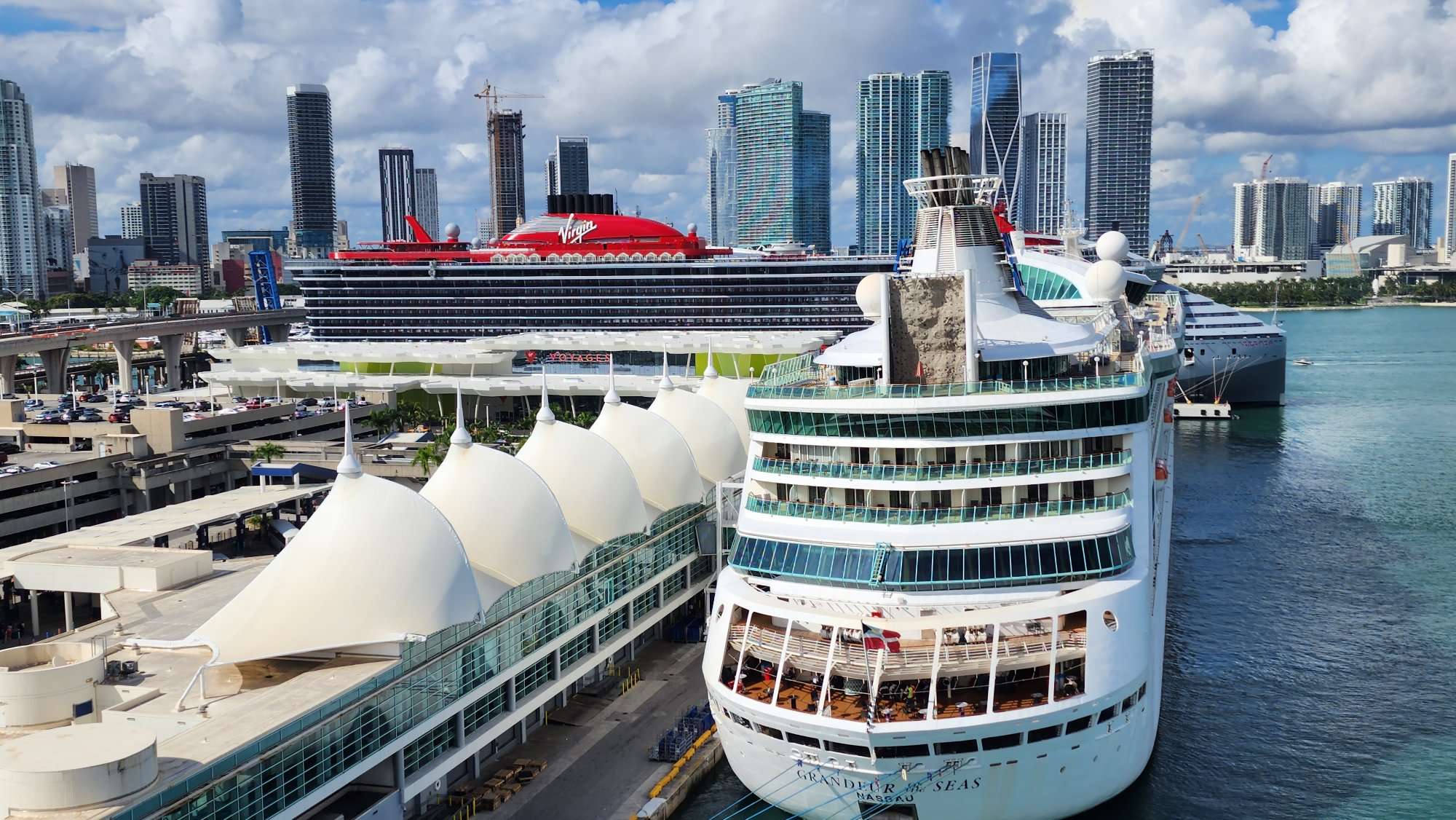
From the price of a cruise, the items that contribute to the cost, and the factors that can make a cruise cheaper or more expensive, we tackle it all in this in-depth guide.
Even though a cruise can be one of the most cost-effective vacations you can take, the price can vary wildly based on many factors. Here are just a few things that will contribute toward and effect the final cost:
- The ship and cruise line
- Type of cabin or suite
- Destination and ports of call
- Length of cruise
- Services purchases onboard
- Time of year
- And a whole lot of other factors
Related: Cheapest time of year to go on a cruise
What’s in this article
How much does a cruise cost on average?
The average cruise costs $237 per person per day, and that includes both fare and onboard spending. You can see the breakdown later in this article. The data was compiled from Carnival Corp. & plc and Royal Caribbean Group earnings numbers to average what passengers typically spent last year.
You can spend as little as $150 on a 3-day cruise deal or as much as 5 figures on a longer cruise with a palatial suite. That’s the cool thing about cruising. It’s all up to you. But remember, that’s just the cruise fare. You still need to add in taxes and fees, and other expenses we will talk about here.
Related: Cruises you should avoid
On the average 7-day sailing with a mainstream cruise line a person will spend $1,300 – $2,000. But stick around because we’re going to explain what that actually entails, and how that price can be drastically higher or a bit lower.
We gathered information from the biggest cruise companies in the world, that also happen to be public companies. We analyzed their quarterly earnings reports so we can see exactly how much cruise passengers are spending on these lines.
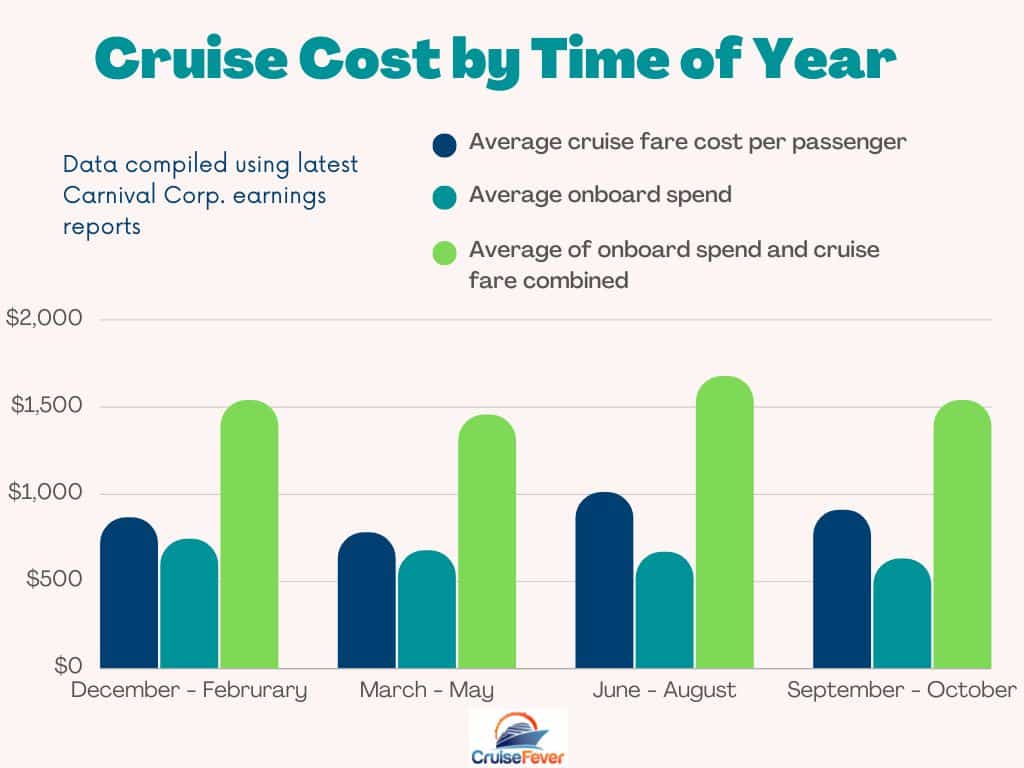
What does the advertised cruise fare price even mean?
When you see that super low rate on a cruise, it’s important to know that the listed price is for ONE person and is usually for an interior room. Double the price to get the actual rate for two people in a cabin and then consider the extra cost of a balcony stateroom, and THEN add in the taxes and fees to see what you actually need to pay to get on the ship.
And yes, even if you’re going on a cruise by yourself you will have to pay for the second person, usually. More on the single supplement surcharge later.
What’s included in your cruise fare?
The cost of a cruise on mainstream lines typically includes your accommodations, meals (except for specialty dining), entertainment and activities on the ship, and transportation from port to port.
Sponsored Links
Some items that may not be included in the base cost of the cruise are cost of excursions, airfare to and from the port of embarkation, ground transportation, travel insurance, and certain beverages.
Related: 8 things that surprise first-time cruisers
Cruise cost compared by looking at 3 major companies
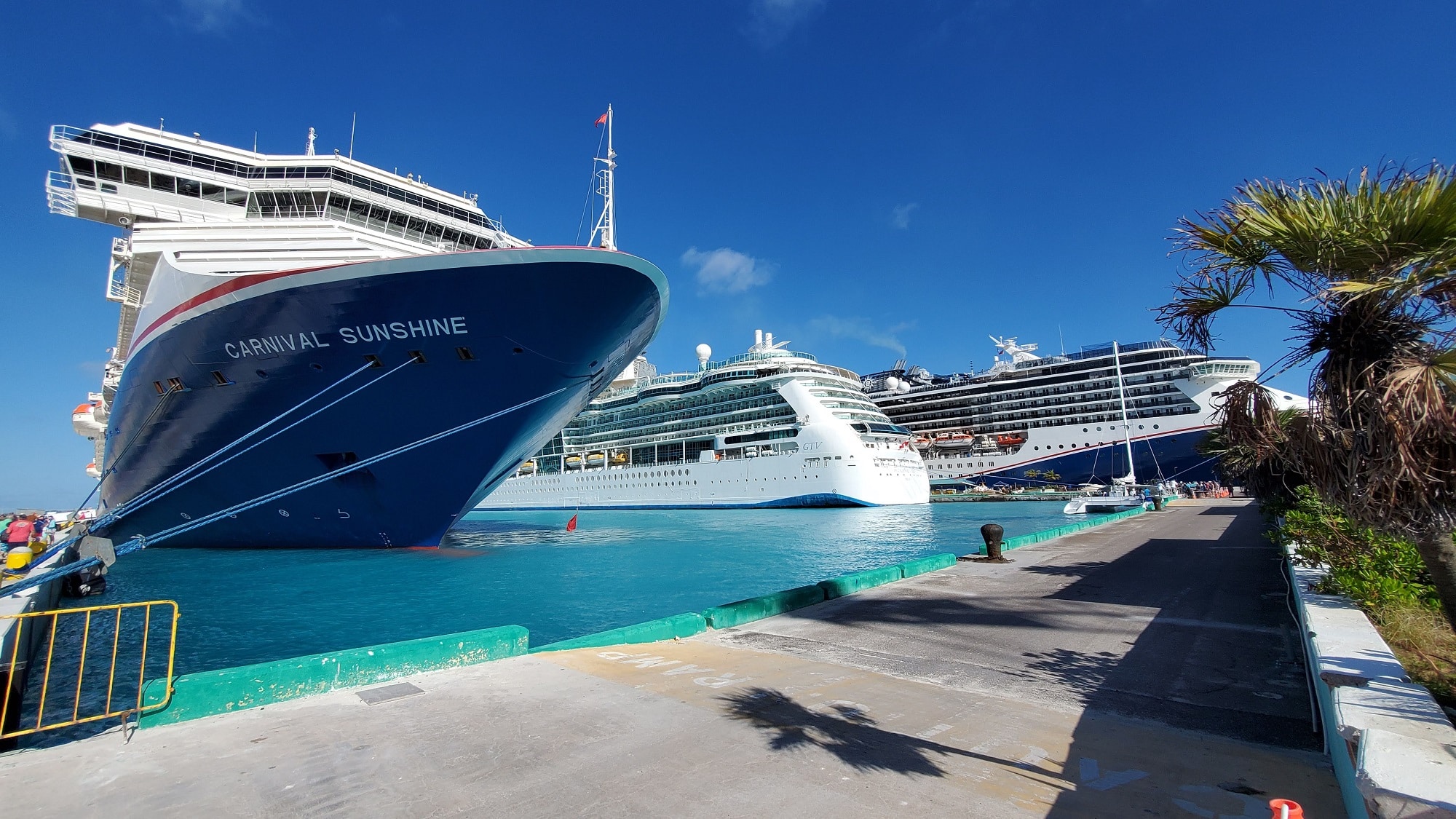
There are 3 cruise companies that make up over 75{6932ee47e64f4ce8eedbbd5224581f6531cba18a35225771c06e4f1b3f0d9667} or more of all cruise sailings in the world. These companies include: Carnival Corporation & plc, Royal Caribbean Group, and Norwegian Cruise Line Holdings. In this post we will focus on mainstream lines while mentioning some luxury cruise lines as well.
- Carnival Corp. & plc – Probably the most prominent cruise line in people’s minds. The cruise operator has 9 brands under its belt that include names you might be familiar with: Carnival Cruise Line, Princess Cruises, Holland America Line, P&O Cruises, P&O Cruises Australia, Seabourn Cruise Line, Costa Cruises, AIDA Cruises, and Cunard. The brand currently has 90 ships in service
- Royal Caribbean Group – This cruise holding company operates 3 lines: Royal Caribbean International, Celebrity Cruises, and Silversea Cruises. Royal Caribbean has a combined fleet of 64 ships.
- Norwegian Cruise Line Holdings – This company also operates 3 cruise lines: Norwegian Cruise Line, Oceania Cruises, and Regent Seven Seas Cruises. 29 ships currently make up the entire company’s fleet.
As you can see, quite a few cruise lines fall under each cruise brand. We took the data from each of these 3 cruise operators (and all 183 cruise ships) and detailed how much the average passenger spent in both cruise fare and onboard spending.
Related: What is the best cruise line?
Note: The numbers below reflect averages. Some of the luxury lines within a brand will skew the numbers higher, and the more mainstream budget-friendly lines will skew them lower. In the case of Norwegian, the averages are higher because of the luxury cruise lines within the company that make up a larger percentage of its total passengers than the other companies.
Still, these numbers give us actual figures as to what was paid by passengers to cruise lines according to the last 3-4 earnings reports.
Onboard spending includes anything purchased on the ship, in addition to services and beverage packages purchased before the cruise.
Carnival Corporation & plc:
Sponsored Links
Average amount passengers paid with Carnival last year
| Cruise Fare | $890 |
| Onboard Spending | $678 |
| Fare + Onboard Spend | $1,568 |
| Fare Cost Per Day | $126/Day |
| Fare + Onboard Spend Per Day | $222/Day |
| Avg. 7-Day Cruise | $1,554 |
| Avg. 3-Day Cruise | $667 |
Royal Caribbean Group
Average amount passengers paid with Royal Caribbean Group last year
| Cruise Fare | $1,041 |
| Onboard Spending | $564 |
| Fare + Onboard Spend | $1,605 |
| Fare Cost Per Day | $163 |
| Fare + Onboard Spend Per Day | $252 |
| Avg. 7-Day Cruise | $1,764 |
| Avg. 3-Day Cruise | $756 |
Norwegian Cruise Line Holdings
Average amount passengers paid with Norwegian last year
| Cruise Fare | $1,969 |
| Onboard Spending | $968 |
| Fare + Onboard Spend | $2,937 |
| Fare Cost Per Day | $260 |
| Fare + Onboard Spend Per Day | $388 |
| Avg. 7-Day Cruise | $2,716 |
| Avg. 3-Day Cruise | $1,164 |
Again, it should be noted that if you sail on a Norwegian Cruise Line ship the prices will more closely resemble the fares on Carnival and Royal Caribbean. But since NCLH as a company reports Oceania and Regent Seven Seas along with Norwegian Cruise Line ships the numbers will seem a little more inflated.
Any cruise deals below $120/day or even $100/day is considered a great buy. You can even find rates cheaper from time to time, but that’s a good base line for budget travelers.
The numbers above give us a good baseline for the average cost to book a cruise, but there’s more to the equation.
What Impacts the Price of a Cruise?

While the prices above are averages, here are some things that will change the final payment of your cruise. We are still only talking about cruise fare and onboard spending here. The rest will be covered later in this article.
- Cabin Type. A balcony stateroom can cost 2x – 3x more than an interior stateroom. And suites can be double or more the cost of a balcony cabin. Prices range wildly, but this is one of the biggest factors in the cost of your vacation. A $600 interior room could be well over $1,000 for a balcony and over $2,500 for a suite.
- Ship. A newer ship will typically have higher fares and a more premium line like Princess or Celebrity will cost more than a Carnival cruise. There’s also higher demand for the latest and greatest ships so cruise companies can charge a little more. Within the same cruise line a newer ship can have a premium of 15{6932ee47e64f4ce8eedbbd5224581f6531cba18a35225771c06e4f1b3f0d9667} or more.
- Destination. The ports of call and destination of your cruise impact more than just the fare price. Port fees at some locations are higher than others, and the ship size and number of passengers affect this as well.
- Time of year. I love to go on cruises in the “off-season”. The months of September through November can see some excellent deals. The summer months often see spikes in rates, as it’s a popular time of year to take sail.
- Number of days. Obviously, the longer your cruise the more you will spend. This is why I like to look at the per/day cost of a cruise to see how good of a deal I am getting.
Examples of cruise prices by destination and dates
(prices for interior staterooms per person on 7 day cruises)
- 7-Day Eastern Caribbean cruise in September – November: $278 – $789
- 7-Day Western Caribbean cruise in June – August: $438 – $989
- 7-Day Alaska cruise in June and July: $339 – $750
- 7-Day Mediterranean cruise in April – May: $349 – $1,200
- 7-Day Hawaii cruise in September – October: $482 – $2,049
- 7-Day Canada/New England cruise in September – November: $459 – $879
- 7-Day Mexico cruise in January – March: $269 – $569
Prices gathered from icruise.com for the collection of this data.
So, now that we have established a baseline for the fare cost, we can look at the rest of the factors to get an idea of the total cost of a cruise.
Taxes and Fees (Including Port Fees)
There’s no way around it. Taxes and fees have to be paid to get on that ship. This money doesn’t go to the cruise line, but it will be part of what you pay in order to get your ticket.
Some of the taxes go to the embarkation port and some to the country under which the ship is registered. Cruise ships also pay state income taxes and even pay a tax on gambling revenue if sailing in certain waters.
Port fees will vary depending on the port itself. These docking fees are based on the number of passengers as well as the size of the ship in gross tonnage. While each port charges a different amount this will directly impact the cost of your cruise.
And if a port gets skipped because of bad weather you may notice a credit placed on your account as this fee did not have to be paid.
On most 7-day sailings the cost of taxes and fees will range from $100 to $200 per person.
Onboard Spending
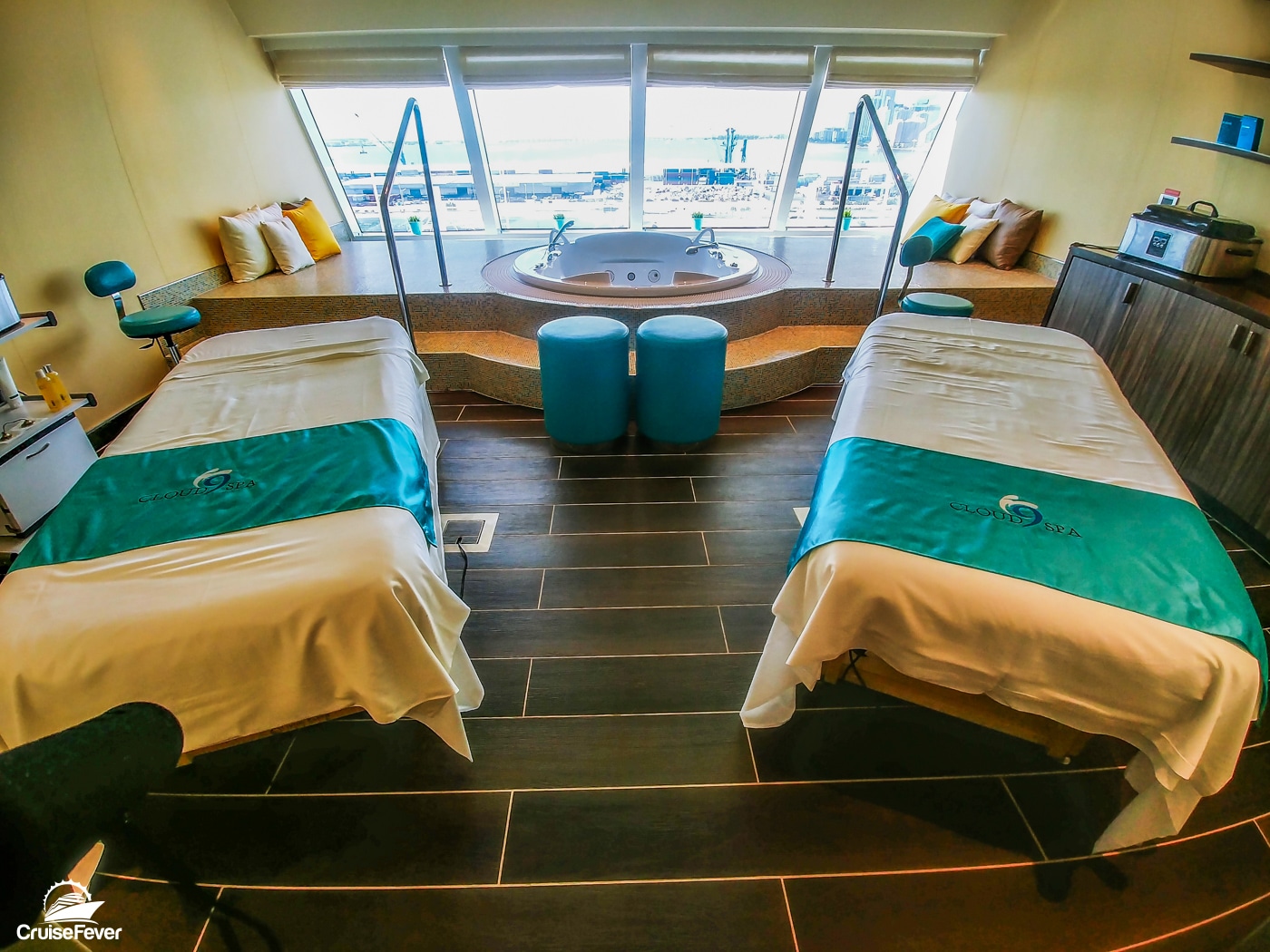
Onboard spending costs are all up to you. This means you can spend as much or as little as you would like, but chances are you will want to budget for some things like beverages, WiFi, or excursions.
Did you notice in the table above that onboard spending by cruise passengers is almost 75{6932ee47e64f4ce8eedbbd5224581f6531cba18a35225771c06e4f1b3f0d9667} the cost of the cruise fare itself?
With mainstream lines line Royal Caribbean, Carnival, Norwegian, and MSC Cruises you can expect to have to pay extra for some amenities.
What kind of extras are typically not included in the price of your cruise fare? We listed some common services and amenities below:
-
Shore Excursions: Many cruise lines offer a variety of excursions and shore tours at each port of call, which can be a great way to see the sights and experience local culture. Expect to spend anywhere from $45 to $150 for each excursion. Of course, you can always explore a cruise port on your own for free if you want to save some money.
-
Beverages and specialty drinks: While some cruise lines offer unlimited soda and juice packages, alcohol and specialty drinks (such as smoothies and lattes) are usually not included in the base price of a cruise unless you’re sailing on a luxury line. You can either buy a beverage package or buy the drinks individually on the ship. Doing a little math will help determine if you need a drinks package or not. The average drink package on a mainstream line can cost about $60 per person per day, but it depends on which package you choose.
Sponsored Links
-
Spa services: Cruise ships often have spas that offer a variety of treatments, such as massages, facials, and manicures. These services are usually not included in the base price of the cruise. A 50-minute massage might cost anywhere from $130 to over $200.
-
Specialty dining: Many cruise ships offer a variety of dining options, including specialty restaurants that serve cuisine from specific regions or have a particular theme. These dining venues can range in cost from $40 to $80 per person.
-
Internet access: WiFi is available on all cruise ships today. While the speeds you experience will vary, you can find a package just right for you. Typically, you will have to buy WiFi for each device you want to connect to the internet, although bundle packages are sometimes available. Around $12 -$25 per day is what you can expect to pay to stay connected at sea. And this depends on how many devices you want connected and what kind of speeds you need.
-
Photos: Professional photographers are often on hand to take photos of passengers on the cruise. The cost of these photos can range quite a bit. Expect to pay anywhere from $25 to $50 for an 8×10 photo. Packages are also increasingly available as well to save money and you can even buy the digital copies from the cruise line.
-
Souvenirs and onboard purchases: Cruise ships often have gift shops where you can purchase souvenirs, as well as other stores where you can buy items such as clothing, jewelry, and other items. Who doesn’t love a model of the ship you’re sailing on, right?
- Gratuities: Paying some extra money to the hard workers on a cruise ship is always a good idea. Most cruise lines will automatically add this to your bill. You can expect this cost to be $15-$20 per day per person in your cabin, but don’t forget you can pay them extra if you would like as well.
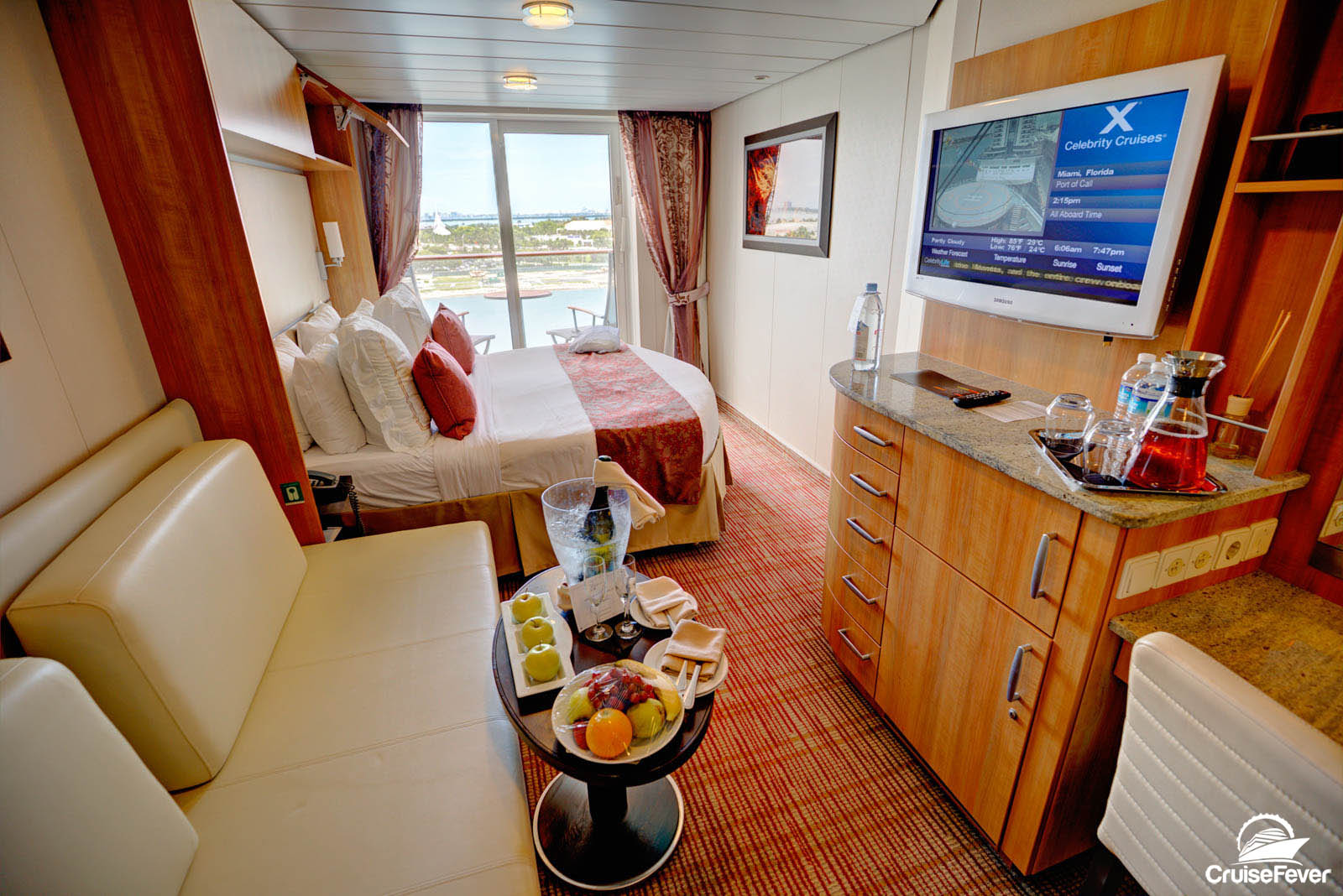
The Single Supplement Charge
The single supplement surcharge is an extra fee that solo cruisers usually have to pay for a cabin on a cruise ship. It’s basically to make up for the fact that the cruise line can’t sell the other bed in the cabin to someone else. This money has to be made up somewhere.
The amount of the surcharge can vary a lot depending on the cruise line, the cabin type, and where you’re going. Some cruise lines might not charge the fee for certain cabins or certain sailings, so it’s worth checking with them to see what your options are.
Some cruise ships even have solo cabins, specifically designed for one person, but don’t think you’re getting a 50{6932ee47e64f4ce8eedbbd5224581f6531cba18a35225771c06e4f1b3f0d9667} off deal. While you won’t have to pay the single supplemental surcharge these cabins have a premium price built in as well.
The other extra costs to consider
There are several costs that you may need to consider when planning a cruise vacation, including the cost of transportation to the port of departure. Some of the potential costs you may need to consider for getting to a cruise port include:
-
Airfare: If you are flying to the port of departure, you will need to pay for your airfare. Prices for airfare can vary greatly depending on where you are departing from, where you are going, and when you are traveling.
-
Ground transportation: If you are driving to the port of departure, you will need to pay for gasoline, tolls, and other costs associated with driving. If you are flying and need to get to the port from the airport, you may need to pay for a taxi or other ground transportation.
-
Parking fees: Ports charge a fee for parking your car while you are on your cruise. This is the simplest and most convenient way to park if you’re driving to the port, but you can save a few dollars by parking with a 3rd party that will shuttle you to the cruise port.
-
Pre-cruise and post-cruise hotel stay: If you are arriving at the port city the day before your cruise departs, you may need to pay for a hotel stay. Anytime you are flying to get to your cruise port I recommend getting a pre-cruise hotel. This alleviates any stress related to getting to the cruise port on time and makes for a more leisurely day of embarkation.
What about all-inclusive cruise lines?
If you’re not a fan of paying a la cart for your cruise vacation and just want everything lumped together, you can opt for an all-inclusive cruise. Some cruise lines that are considered all-inclusive include Regent Seven Seas Cruises, Seabourn Cruise Line, Silversea Cruises, and Viking.
All-inclusive cruises typically include the cost of your stateroom, meals, beverages (including alcohol), WiFi, entertainment, and onboard activities in the base price of the cruise. Some lines may also include gratuities and shore excursions in the all-inclusive package as well.
It’s worth noting that each cruise line’s all-inclusive package may differ, so it’s a good idea to read the fine print and understand exactly what is and isn’t included before booking.
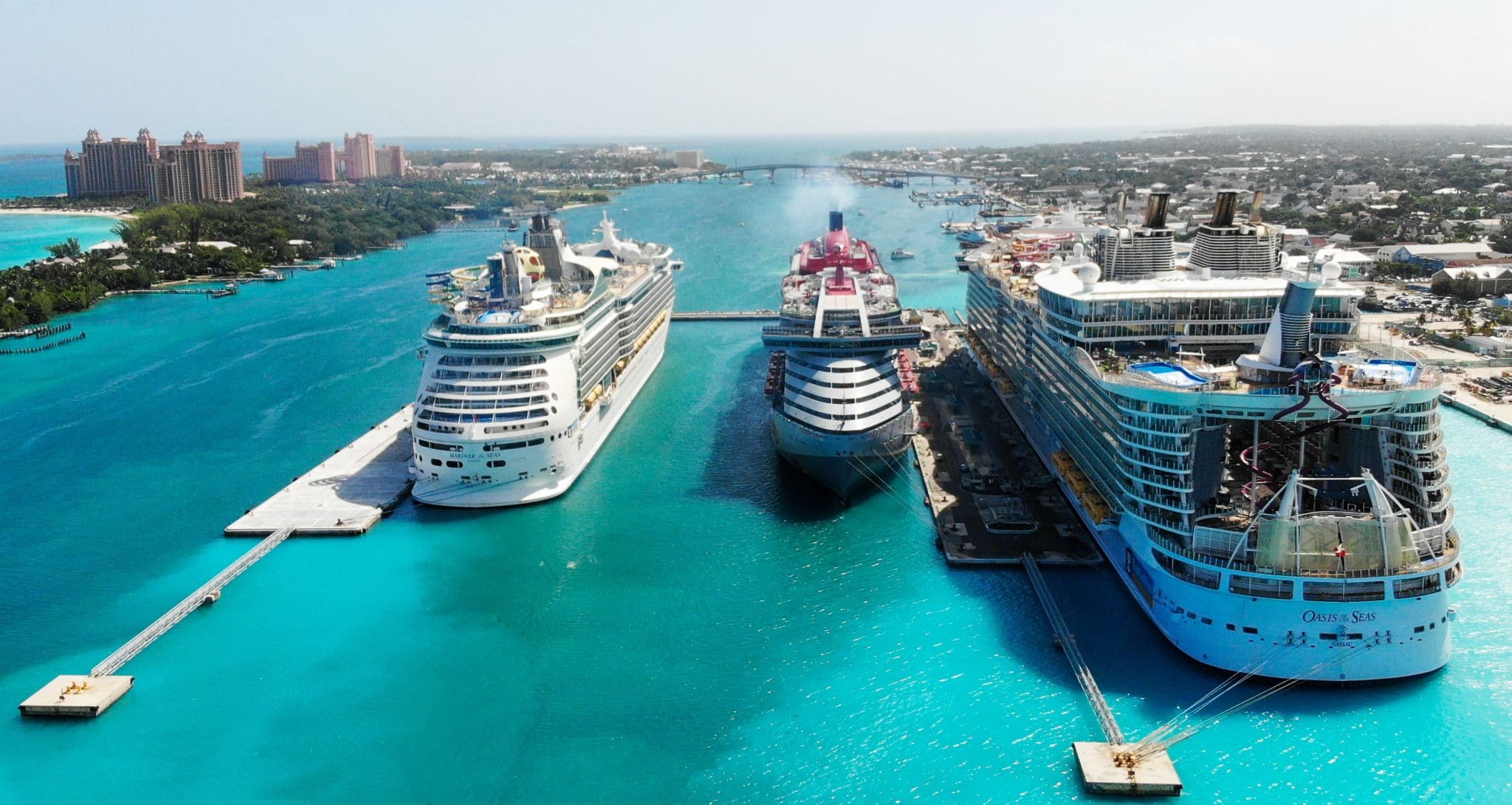
Tips for lowering the cost of your cruise
-
Book your cruise well in advance: Cruises often offer early bird discounts for passengers who book their trip several months or even a year in advance.
-
Look for sales and discounts: Cruise lines often offer promotions and discounts, especially during the off-peak season. Keep an eye out for these deals and you may be able to save a significant amount of money and get yourself a budget cruise.
-
Consider a shorter cruise: Shorter cruises typically cost less than longer ones, so if you’re looking to save money, consider opting for a 3-5 day cruise instead of a 7-14 day one.
-
Choose an inside cabin: Inside cabins are typically the most affordable option, and you’ll likely spend most of your time exploring the ship and ports anyway. Check out our article on the benefits of choosing an interior cabin here. Although, completely ignore this point if you’re all about that private balcony (I’ll raise my hand).
- Book your cruise during the off-peak season: Cruises are typically less expensive during the off-peak season, which is typically from late August to early December and from January to early March.
- Consider a repositioning cruise: Repositioning cruises are offered when a ship is moving from one part of the world to another, usually at the start or end of a season. These cruises tend to be longer and may not visit as many ports, but they often offer discounted fares. I’ve actually been on some 1 and 2 day repositioning cruises that were super cheap and a lot of fun.
Conclusion
Taking a cruise can be an amazing way to travel, but it’s important to consider all the costs involved. Money on a cruise is not limited to just the price of the ticket; there are also additional costs such as meals, drinks, and activities that will add up.
To find out how much a cruise will cost you, you might have to break out a calculator but we hope this guide helps give you a ballpark idea of the expenses. We obviously think it’s worth it because that’s why we started Cruise Fever in the first place. We LOVE cruising!




More Stories
Everything You Need To Know About Princess Cruises Longest World Cruise Ever
Best websites to book a cheap cruise
Best Cruise Lines: Top 5 Vacations At Sea Most Recommended By Experts